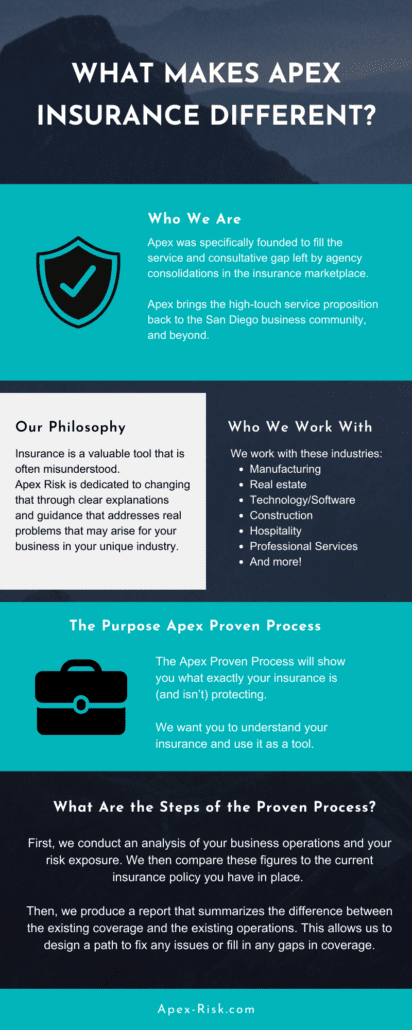An Unbiased View of Pacific Prime
An Unbiased View of Pacific Prime
Blog Article
Pacific Prime Things To Know Before You Buy
Table of ContentsPacific Prime Can Be Fun For EveryoneNot known Incorrect Statements About Pacific Prime Getting The Pacific Prime To Work8 Easy Facts About Pacific Prime Explained
In a lot of states, the insurer is called for to send you a duplicate of the changes to your plan. It is important that you read Endorsements or Bikers so you recognize just how your policy has actually altered and if the plan is still adequate to satisfy your requirements. To acquire a duplicate of your insurance policy, please call your insurance policy agent or business.
The Institute of Medicine (IOM) Committee on the Repercussions of Uninsurance launches an extended assessment of proof that addresses the relevance of medical insurance protection with the magazine of this report. Protection Matters is the initial in a collection of 6 reports that will certainly be released over the following two years documenting the truth and repercussions of having an estimated 40 million people in the United States without medical insurance protection.

Some Known Facts About Pacific Prime.
The goal of this collection of studies is to redouble policy attention on a longstanding issue. Following the longest financial growth in American background, in 1999, an estimated one out of every six Americans32 million grownups under the age of 65 and more than 10 million childrenremains uninsured (Mills, 2000).

Ten percent of the population represent 70 percent of healthcare expenses, a connection that has continued to be continuous over the previous three years (Berk and Monheit, 2001) - international health insurance. Therefore medical insurance proceeds to offer the feature of spreading danger also as it significantly finances routine treatment. From the perspective of health and wellness treatment service providers, insurance policy brought by their people helps safeguard an income stream, and neighborhoods take advantage of economically sensible and secure healthcare professionals and organizations
Federal government gives health and wellness insurance policy to populations whom the private market may not serve efficiently, such as handicapped and elderly persons, and populaces whose access to health and wellness treatment is socially valued, such as children and pregnant women. The supreme ends of medical insurance coverage for the private and neighborhoods, consisting of work environment communities of workers and employers, are improved health results and lifestyle.
A Biased View of Pacific Prime
Employees place medical find more information insurance first without a doubt in significance among all the advantages offered in the office (Salisbury, 2001). Although there have been substantial investments of individual and public funds to give medical insurance, many individuals still have no protection. Regardless of considerable coverage of study findings and healthcare research results, the basic public stays overwhelmed and misinformed regarding Americans without health and wellness insurance and the effects of lacking protection.

Without inquiry, the complexity of American healthcare financing devices and the wealth of sources of information contribute to the general public's confusion and skepticism regarding health insurance data and their interpretation. This record and those that will certainly comply with goal to boil down and present in readily reasonable terms the substantial research that bears upon concerns of health and wellness insurance policy protection and its importance.
Fifty-seven percent of Americans surveyed in 1999 believed that those without health and wellness insurance are "able to get the care they need from doctors and medical facilities" (Blendon et al., 1999, p. 207). In 1993, when national focus was concentrated on the problems of the uninsured and on pending healthcare legislation, just 43 percent of those polled held this belief (Blendon et al., 1999).

They also get less preventative services and are much less likely to have routine take care of chronic conditions such as hypertension and diabetic issues. Chronic conditions can result in costly and disabling problems if they are not well taken care of (Lurie et al., 1984; Lurie et al., 1986; Ayanian et al., 2000). One nationwide survey asked even more than 3,400 adults about 15 extremely serious or somber problems.
The smart Trick of Pacific Prime That Nobody is Talking About
Added proof exists later on in this chapter in the discussion of insurance policy and accessibility to health and wellness care. https://allmyfaves.com/pacificpr1me?tab=pacificpr1me. Individuals without wellness insurance policy are young and healthy and choose to do without insurance coverage. Practically fifty percent (43 percent) of those checked in 2000 believed that individuals without medical insurance are more probable to have health and wellness problems than individuals with insurance policy
Citizens and plan makers in focus group discussions identify those without insurance coverage as youngsters who have the chance to be covered and feel they do not need it (Concierge Novelli, 2001). Contrasted to those with a minimum of some exclusive protection, the uninsured are much less most likely to report being in superb or excellent wellness (Company for Medical Care Study and Quality, 2001).
SOURCE: Center for Expense and Funding Studies, Agency for Health Care Research and High quality, based on MEPS data. Young person between 19 and 34 are even more likely to do not have wellness insurance policy than any kind of various other age group. This is chiefly due to the fact that they are less often eligible for employment-based insurance policy as a result of the nature of their task or their short tenure in it.
The understanding that people without insurance policy have better-than-average health and wellness follows from confusing the reasonably young age profile of the uninsured with the better health and wellness, usually, of more youthful individuals. This covers the web link between health and wellness status and medical insurance. For those without accessibility to workplace medical insurance, bad wellness is a potential barrier to purchasing nongroup coverage since such insurance coverage might be highly valued, exclude preexisting problems, or be simply unavailable.
Report this page